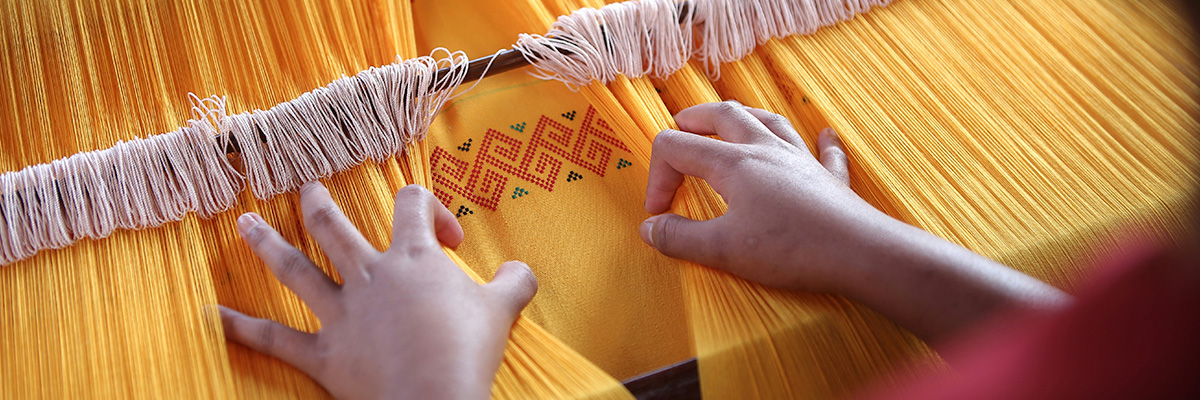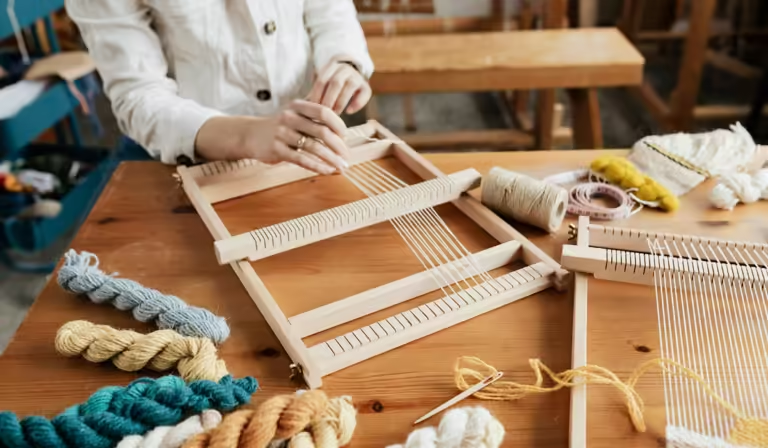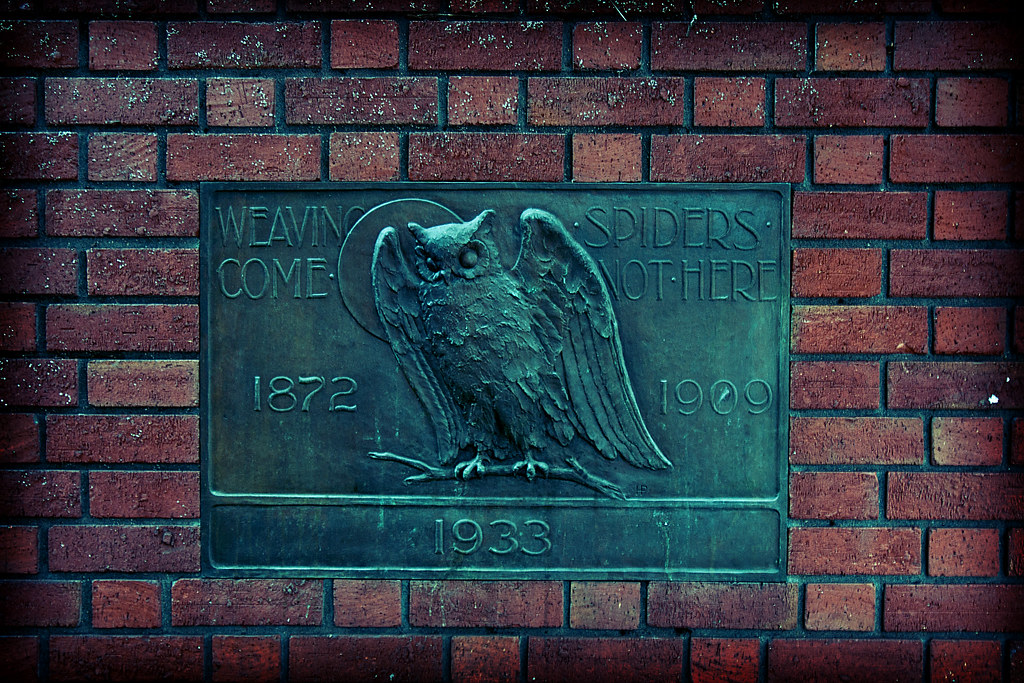10 Essential Techniques Used in Hand Weaving
Hand weaving is a time-honored craft that involves the interlacing of two sets of threads to create a fabric or textile. This age-old artistry requires skill, patience, and a solid understanding of various weaving techniques. Mastering these weaving techniques is crucial, as it allows the weaver to create a multitude of patterns and designs, expanding their creative horizons and enabling them to produce unique handwoven pieces.
Plain Weave
The plain weave, also known as the tabby weave, is the simplest and most fundamental of all weaving techniques. It involves the alternating pattern of weaving the weft thread over and under the warp threads. A key characteristic of this weave is its flat and tight structure, making it a popular choice for creating sturdy and durable fabrics, such as canvas and chambray.
– The plain weave is widely used in creating everyday fabrics like bed sheets, pillowcases, and kitchen towels due to its simplicity and strength.
– This technique is ideal for beginners as it provides a solid foundation for more complex weaving patterns and designs.
– Plain weave fabrics are known for their breathability and versatility, making them suitable for a wide range of clothing and household items.
Twill Weave
The twill weave is a versatile and decorative weaving technique characterized by its distinct diagonal lines or ribs on the fabric surface. This pattern is created by passing the weft thread over and under multiple warp threads in a progressive manner. Twill weave is commonly used in creating durable and drape-friendly fabrics like denim, gabardine, and serge.
– Twill weave fabrics have a unique texture and appearance that make them ideal for creating tailored garments such as pants, jackets, and skirts.
– The diagonal lines in twill weave fabrics add visual interest and depth, making them popular choices for upholstery and home decor projects.
– This weave is known for its ability to hide dirt and stains, making it a practical choice for high-traffic areas and everyday use.
Basket Weave
Basket weave refers to a weaving technique that involves grouping the warp and weft threads in pairs before weaving. This technique creates a weave that resembles the crisscross pattern of a woven basket. Owing to its chunky and robust structure, basket weave is typically used in home decor projects such as rugs, placemats, and upholstery.
– Basket weave fabrics have a textured and tactile quality that adds warmth and coziness to any space, making them perfect for creating throw blankets and cushions.
– The chunky nature of basket weave fabrics provides excellent insulation, making them ideal for creating winter accessories like scarves and hats.
– This weaving technique allows for creative experimentation with different yarn colors and thicknesses, resulting in unique and personalized handwoven pieces.
Leno Weave
Leno weave is a unique and complex weaving technique in which the warp threads are twisted around the weft threads to form a secure and open weave. This technique is often used in creating sheer and lightweight fabrics like gauze and netting, which are commonly used in curtains and mosquito nets.
– Leno weave fabrics have a delicate and airy quality that makes them ideal for creating breezy scarves, shawls, and summer clothing.
– The twisted structure of leno weave fabrics provides strength and stability, allowing for intricate lace-like patterns and designs.
– This weaving technique offers endless possibilities for creating ethereal and romantic textiles that are perfect for special occasions and formal wear.
FAQ
1. What is the plain weave and what are its characteristics?
The plain weave, also known as the tabby weave, is the simplest and most fundamental of all weaving techniques. It involves the alternating pattern of weaving the weft thread over and under the warp threads. A key characteristic of this weave is its flat and tight structure, making it a popular choice for creating sturdy and durable fabrics, such as canvas and chambray.
2. What is the twill weave and what are its uses?
The twill weave is a versatile and decorative weaving technique characterized by its distinct diagonal lines or ribs on the fabric surface. This pattern is created by passing the weft thread over and under multiple warp threads in a progressive manner. Twill weave is commonly used in creating durable and drape-friendly fabrics like denim, gabardine, and serge.
3. What is the basket weave and what projects is it typically used for?
Basket weave refers to a weaving technique that involves grouping the warp and weft threads in pairs before weaving. This technique creates a weave that resembles the crisscross pattern of a woven basket. Owing to its chunky and robust structure, basket weave is typically used in home decor projects such as rugs, placemats, and upholstery.
4. What is leno weave and what are its characteristics?
Leno weave is a unique and complex weaving technique in which the warp threads are twisted around the weft threads to form a secure and open weave. This technique is often used in creating sheer and lightweight fabrics like gauze and netting, which are commonly used in curtains and mosquito nets.




